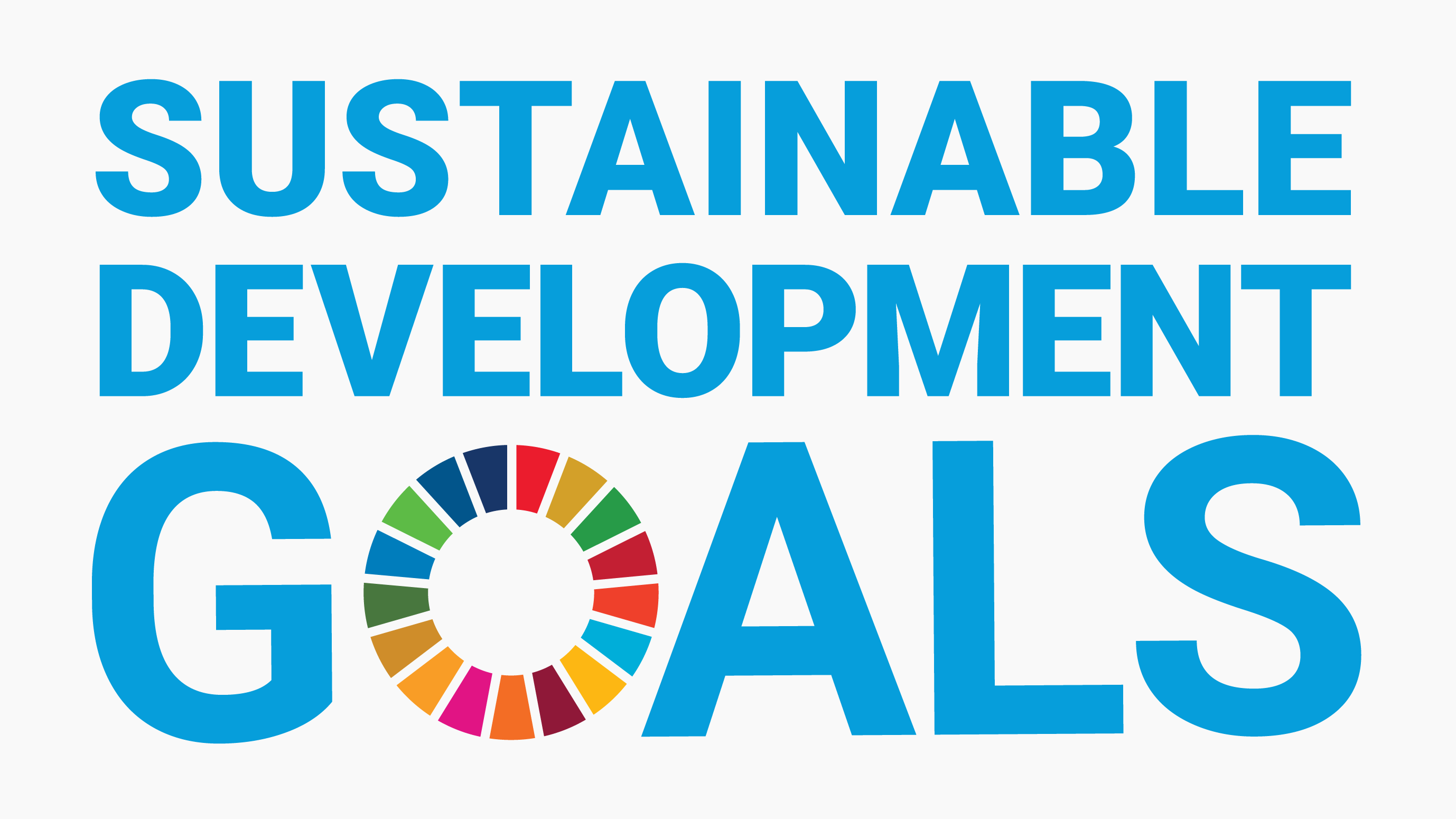Green infrastructure planning case studies, taking the UK and US as examples

In 1999, the "GI Working Group" organized by the U.S. Conservation Foundation and the Forest Service of the Department of Agriculture proposed the concept of Green Infrastructure (GI), which is a widely recognized network of green vegetation and water systems in urban, suburban, and rural areas. The importance of GI lies in its important social, economic and environmental values and its systematic impact on regional development. Most studies have concluded that green infrastructure is effective in improving air quality, moderating rainstorms, flooding and maintaining soil fertility, protecting biodiversity, and benefiting the physical and mental health of residents.
With the rapid development of the global economy, urban land use, urban environmental quality and ecosystem imbalance are becoming more and more serious, and environmental protection and construction of ecological infrastructure are gradually receiving more and more attention from society and academia. In the United States and the United Kingdom, GI strategic planning started earlier and has accumulated more mature planning theories and practical experiences accordingly.
The development of the GI concept tends to be diversified and influenced by local conditions, and the understanding of GI in Europe and North America also differs. We will further integrate and study the cases of green infrastructure planning in the UK and the US.
Through various analyses and studies, it is found that green infrastructure planning in the United States evolved in the context of urban renewal; green infrastructure planning in the United Kingdom focuses more on the preservation of local characteristics of the countryside. Regarding the methodological process of green infrastructure planning, the U.S. is evaluated through elemental benefits and implementability, while the U.K. is evaluated through landscape features.
GI planning is a systematic and overall strategic project. At present, most countries are in the exploratory stage of both theoretical research and concrete practice on GI, and should focus on the following elements in the future.
1. Revisit the important value of GI planning, which should be integrated into economic and social development planning, urban master planning and overall land use planning, or even elevated to the same status.
2. Establishing a framework for GI value assessment and gradually incorporating the research results into urban and rural construction laws and regulations to become the basis for future construction project approval and implementation.
3. Using technology to tap into the potential areas of GI planning to optimize their combined benefits.
4. Balance rights and obligations by putting commercial development at the same pace as GI construction.
We will continue to explore the specific cases in the UK and the US in depth in order to draw universal patterns and provide lessons for countries around the world.
About Us
Institute of International Exchange is an international non-governmental and non-profit organization. We hope to build an equal and friendly platform for exchanges and cooperation around the world.
© 2023 Institute of International Exchange




